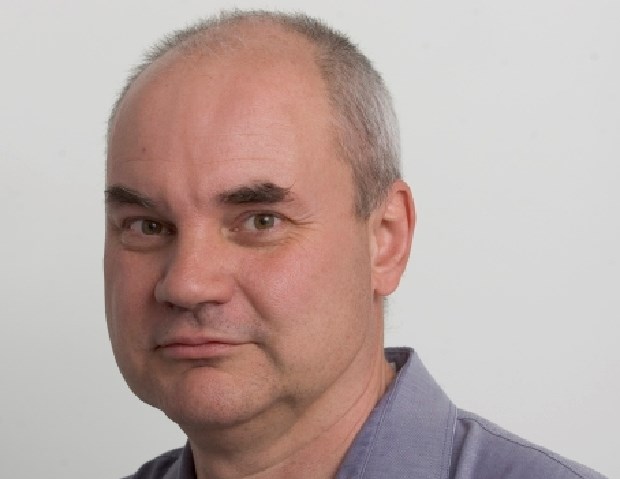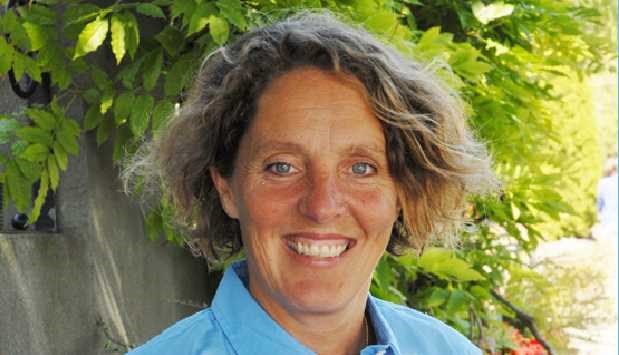 Anyone else find it ironic that on the same day marijuana becomes legal, the baggie it comes in could get you hauled off to jail?
Anyone else find it ironic that on the same day marijuana becomes legal, the baggie it comes in could get you hauled off to jail?
Well no, that’s hyperbole. That’s not how Victoria’s new bag ban will work.
But it really does seem ironic that Victoria council, historically an advocate of amalgamation, still has no problem marching off alone, acting in isolation from other municipalities here in Dysfunction-by-the-Sea.
Victoria council just went its own way in banning single-use plastic bags as of July 1, just as it went its own way in accommodating pot shops even as the rest of the region’s municipalities, with the exception of Sooke, were smacking them down with a shovel.
Mind you, our other local governments often march to the beat of their own drummers, too, writing their own rules on everything from speed limits to the number of backyard chickens you can keep (four in Colwood, seven in Esquimalt and five to 10 in Saanich, where hens must be registered, just like handguns). Saanich is likely to implement its own bag ban. Others, maybe.
This is the sort of fractured decision-making that leaves the Amalgamation Yes group in a seemingly permanent state of dyspeptic frustration.
Except now, for once, the pro-amalgamation forces are happy. There has been a breakthrough, led by an unexpected source.
Last week, Saanich council, which in previous incarnations has rarely shown much enthusiasm for amalgamation, passed a pair of motions opening the door to the idea. The first called on Mayor Richard Atwell to ask other mayors to discuss the creation of a regional police force. The second asked the province to fund a citizens’ assembly to investigate the amalgamation of willing municipalities.
A few days later, Victoria council passed similar motions.
“I believe this is a game-changer,” says Shellie Gudgeon, who chairs Amalgamation Yes.
Her group points out that together Victoria and Saanich comprise 85 per cent of the population of the four core municipalities, which also include Esquimalt and Oak Bay.
That’s significant because a merger of those four now fits the vision of Amalgamation Yes, which over the past few months has drifted away from the idea of one big city covering the bulk of the capital region.
Instead, the focus is on the long-discussed model of three municipalities: Core, West Shore and Saanich Peninsula. Or maybe more than three, Gudgeon says, but certainly fewer than 13.
The key, she says, is getting the provincial government to fund citizens’ assemblies that would examine the ins and outs of amalgamation. That’s what happened in the Cowichan Valley, where residents are supposed to vote this year on whether to merge Duncan and North Cowichan. The binding referendum will be the result of a process in which a citizens’ group made up of a diverse group of 36 volunteers, chosen by lottery from a pool of applicants, spent several days last spring listening to and grilling experts — civic administrators, the RCMP commander, business reps, indigenous leaders and so on — on the complexities and possibilities of amalgamation, which the assembly ultimately recommended. (The timing of the vote depends on Municipal Affairs Minister Selina Robinson, who is withholding permission to hold the referendum pending more information from the municipalities.)
Politicians have been less in love with the idea of Greater Victoria amalgamation — or even of gathering the information needed to develop an informed opinion — than have the voters themselves. In seven of the eight capital region municipalities where some form of amalgamation question was put on the ballot during the last local elections in 2014, voters answered “yes,” but those results have been steadfastly ignored.
The Liberals promised an amalgamation study, but ultimately lost their water and instead contented themselves with a governance report that focused on collaboration and integration of services — co-operation, not marriage. In the end, it was little more than a useful summary of the status quo.
During last spring’s provincial election campaign, the NDP’s response to an Amalgamation Yes questionnaire was unequivocal: “The people have spoken and their government should respect that, so as government we would commission a study and, in collaboration with all 13 municipalities, move this file forward.” Haven’t seen any sign of that study yet, though.
As for local politicians, they ignore the 2014 results at their peril.
This being an election year, dismissive paternalism isn’t the best response to voters who have made their wishes clear.
Maybe amalgamation is a good idea. Maybe it stinks. We’ll never know for sure until the right questions get asked.



